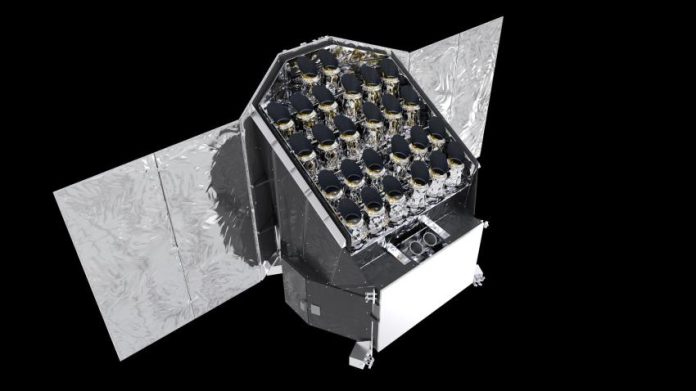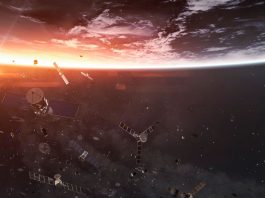The PLATO space telescope is on track to start searching for Earth-like planets in December 2026.
Europe’s next major space mission – PLAnetary Transits and Oscillations of stars (PLATO) – aims to locate rocky exoplanets outside of our Solar System.
The space telescope, developed to find habitable planets around Sunlike stars, will blast into space on Europe’s newly innovated Ariane-6 rocket.
The €4bn rocket made its maiden flight last week.
Dr David Brown of the University of Warwick commented: “PLATO’s goal is to search for exoplanets around stars similar to the Sun and at orbital periods long enough for them to be in the habitable zone.
“One of the main mission objectives is to find another Earth-Sun equivalent pair, but it is also designed to carefully and precisely characterise the exoplanets that it finds (i.e. work out their masses, radii, and bulk density).”
PLATO: Beyond exoplanet hunting
PLATO is not just dedicated to finding Earth-like planets; it is also a mission focused on stellar science.
It employs techniques like asteroseismology, which measures the vibrations and oscillations of stars to determine their masses, radii, and ages.
Multi-camera system
Unlike most space telescopes, PLATO is equipped with multiple cameras. One of these, named ArthurEddington after the renowned astronomer and physicist, adds to its unique capabilities.
The telescope features 24 ‘Normal’ cameras (N-CAMs) and 2 ‘Fast’ cameras (F-CAMs). The N-CAMs are arranged in four groups of six, with each group pointed in the same direction but slightly offset from the others.
This configuration provides a vast field of view, enhances scientific performance, offers redundancy in case of failures, and helps in identifying false positive signals that could be mistaken for exoplanet transits.
Exoplanet observation strategy
PLATO’s observing strategy involves focusing on two regions of the sky for two years each.
The Southern patch has already been selected, while the Northern patch will be confirmed in the coming years.
Component development and testing
Several components of the spacecraft are nearing the end of their manufacturing and calibration processes.
This includes the UK-developed Front-End Electronics (FEE) for the N-CAMs, created by the Mullard Space Science Laboratory at University College London.
These electronics operate the cameras, digitise the images, and transfer the data for onboard processing.
So far, ten of the final cameras have been built and tested, with the first mounted on the optical bench earlier this year.









